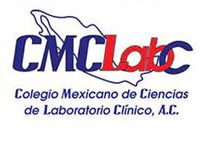- Dr. Vandana Niyyar. Interview about Nephrolithiasis.
- Mg. Alexander Socarrás. Interview about Ortho Clinical Diagnostics in Latin America.
- Agenda.
- News and events about clinical chemistry.
El Microscopio – Program 26
Listado de emisiones anteriores
No se encontraron entradas.






































